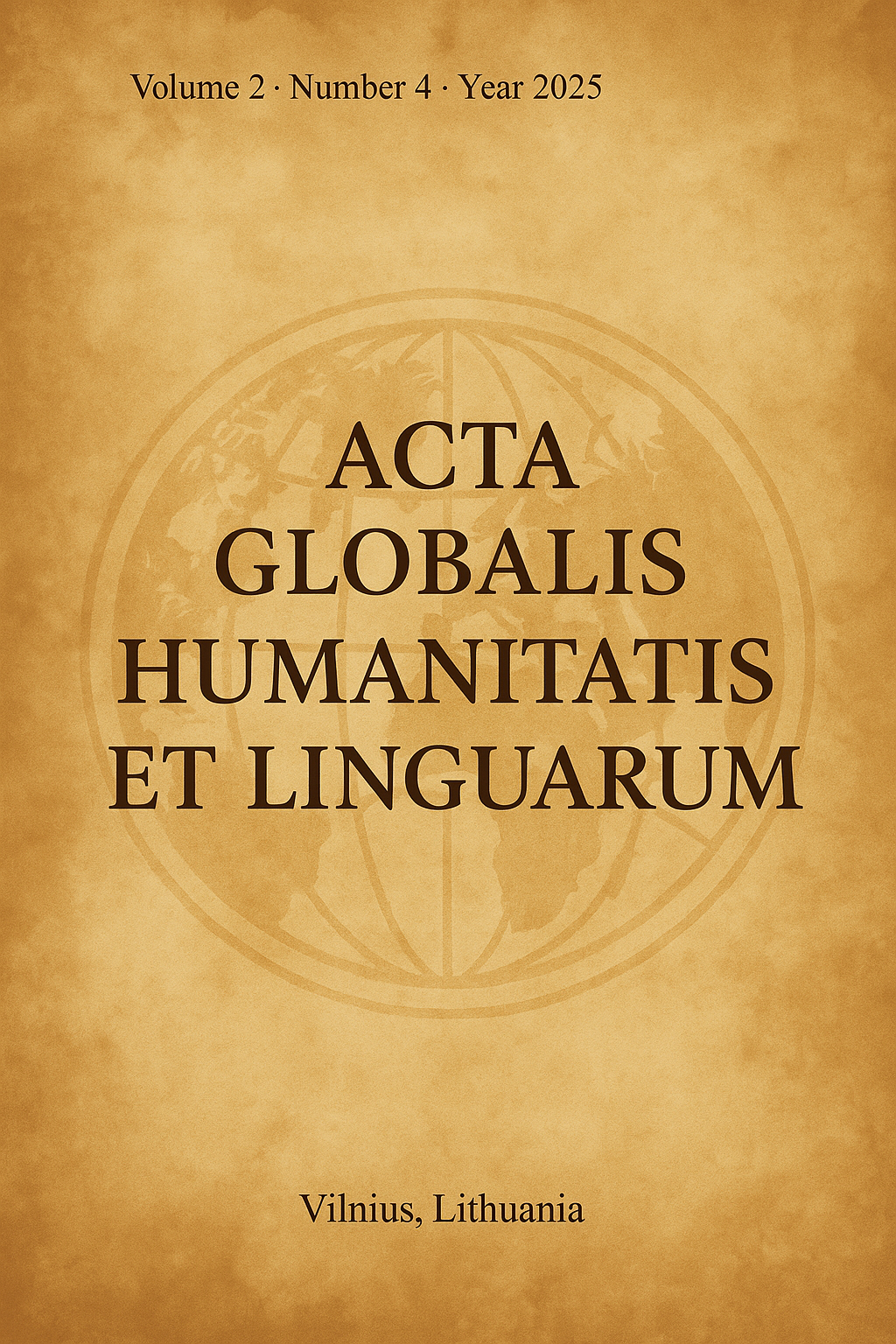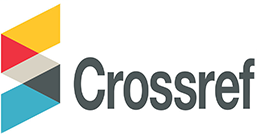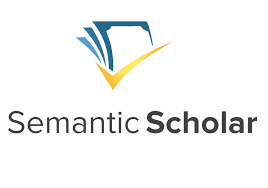Orthographic Challenges in the Transliteration of Proper Names between the Languages with Different Spelling
DOI:
https://doi.org/10.69760/aghel.0250040018Keywords:
transliteration, proper names, duplication, orthographic challengesAbstract
Transliteration, the process of converting words from one writing system into another, presents significant orthographic challenges, especially when applied to proper names. Unlike common nouns, proper names often carry cultural, historical, and phonetic nuances that resist straightforward conversion. This paper explores the orthographic inconsistencies and difficulties that arise in the transliteration of proper names across different language systems, highlighting the interplay between phonological representation, script limitations, and cultural context.
A central issue in transliteration is the lack of one-to-one phoneme-to-grapheme correspondence between languages. For instance, sounds present in one language may not exist in another, leading to approximations that can distort the original pronunciation or meaning of a name. This is especially problematic in cases involving names from languages with non-Latin scripts, such as Arabic, Chinese, or Russian, where multiple systems of transliteration coexist (e.g., Pinyin vs. Wade-Giles for Chinese), further complicating standardization and international recognition.
Additionally, transliteration often raises questions of identity and authenticity. A name’s spelling can influence perceptions of nationality, ethnicity, or even social status, making orthographic choices politically and personally sensitive. For example, individuals may choose non-standard transliterations to retain specific cultural markers or to ease integration into a foreign linguistic environment.
The paper also discusses the role of official transliteration policies and their impact on global communication, data processing, and legal documentation. Inconsistent transliteration standards across government agencies, international bodies, and digital platforms can lead to confusion, duplication, and errors in databases and legal records.
By examining case studies and cross-linguistic examples, this study underscores the need for more nuanced, context-aware transliteration frameworks. It concludes by advocating for interdisciplinary collaboration between linguists, policymakers, and technologists to create transliteration systems that balance phonetic accuracy, orthographic clarity, and cultural sensitivity.
References
Al-Jarf, R. (2004). Teaching English as a Foreign Language in the Arab World. ERIC Digest.
Babayev, J. (2024). Usage Sphere and Lexico-Stylistic Features of Anthroponomastics. EuroGlobal Journal of Linguistics and Language Education, 1(2), 38-43.
Bilaniuk, L. (2005). Contested Tongues: Language Politics and Cultural Correction in Ukraine. Cornell University Press.
International Organization for Standardization. (1995). ISO 9:1995 - Information and documentation — Transliteration of Cyrillic characters into Latin characters — Slavic and non-Slavic languages. ISO.
Comrie, B. (1981). The languages of the Soviet Union. Cambridge University Press.
Knight, K., & Graehl, J. (1998). Machine transliteration. Computational Linguistics, 24(4), 599–612.
Li, X., Zhang, M., Wang, H., & Liu, Y. (2020). Deep learning-based name transliteration with phonological awareness. ACM Transactions on Asian and Low-Resource Language Information Processing (TALLIP), 19(4), 1–23.
Newmark, P. (1988). A Textbook of Translation. Prentice-Hall.
Sadikhova, S., & Babayev, J. (2025). Challenges Encountered in Translation of Culture-bound and Subject-specific Terminology While Using Google Translate. EuroGlobal Journal of Linguistics and Language Education, 2(3), 119-126.
Downloads
Published
Issue
Section
License
Copyright (c) 2025 Acta Globalis Humanitatis et Linguarum

This work is licensed under a Creative Commons Attribution-NonCommercial 4.0 International License.







